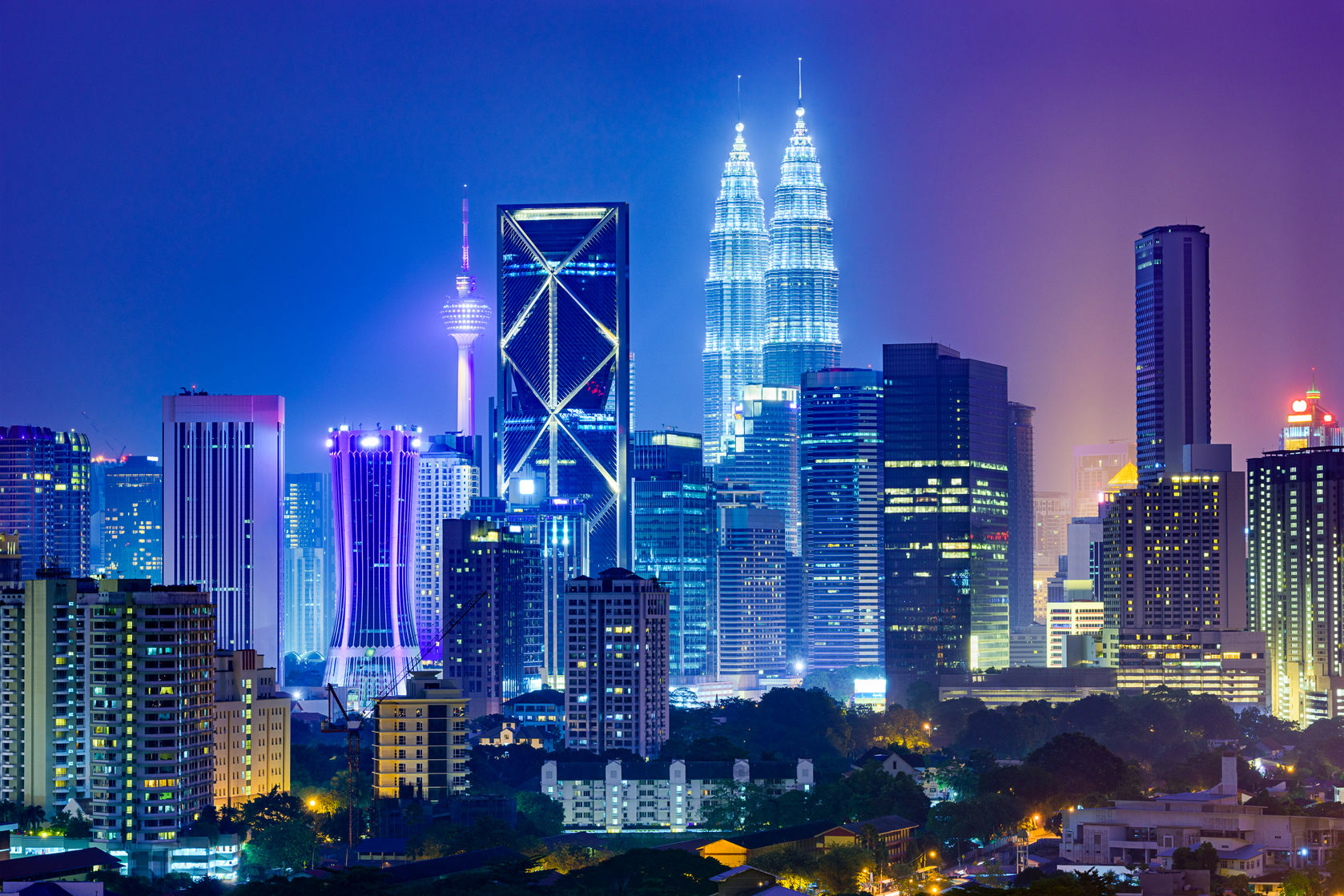INTRODUCTION
The evolution of arbitration in India has been marked by a steadfast judicial commitment to enhancing its merits, particularly its efficiency, speed, and limited judicial intervention. This development offers a credible alternative to the overburdened judicial system. However, courts have remained the cornerstone of supervisory jurisdiction, ensuring that arbitral awards adhere to the principles enshrined in Section 34 of the Arbitration and Conciliation Act, 1996 (“the Act”).[2] Among the grounds for challenging awards, “patent illegality” under Section 34(2A) of the Act, initially conceived as a subset of “public policy”, was introduced as a distinct ground to address blatant legal errors visible on the face of an award by way of Arbitration and Conciliation (Amendment) Act, 2015.[3] Today, patent illegality stands as one of the widely employed grounds for challenge, yet its contours remain vague.
Patent illegality, despite its limited scope, tends to lead to varied judicial interpretations due to its ambiguous nature. Notably, different High Courts have adopted varying approaches to its application, reflecting lack of uniform understanding of this legal standard. Furthermore, the Supreme Court has not provided clear guidance, leaving significant gaps in the judicial framework. The recent Supreme Court decision in Delhi Airport Metro Express (P) Ltd. v. Delhi Metro Rail Corporation[4] (“Airport Metro Express case”) exemplifies this issue by expanding the scope of curative petitions, thereby unsettling the position on using patent illegality as a ground to revisit the merits of an arbitral award. This decision diverges from established principles that judicial intervention should not extend to re-evaluating evidence or correcting trivial errors.[5]
This article critically examines the concept of patent illegality and its judicial interpretation against the backdrop of the Supreme Court’s decision in the Airport Metro Express case. It explores the developments in the Draft Arbitration and Conciliation (Amendment) Bill, 2024 (“Draft Bill”), and how the Supreme Court’s decision opens a new door for litigants to challenge awards under the guise of patent illegality. Ultimately, this article dissects whether patent illegality is a well-defined legal standard or an ambiguous concept in need of reform and proposes key reforms that can help achieve a more uniform interpretation.
OVERVIEW OF THE AIRPORT METRO EXPRESS CASE
Dispute and Arbitration
The dispute between Delhi Airport Metro Express (P) Ltd. (“DAMEPL”) and Delhi Metro Rail Corporation (“DMRC”) arises from a public-private partnership entered into for developing the Airport Metro Express Line in New Delhi. DMRC was tasked with acquiring necessary government clearances and handling civil works, while DAMEPL was responsible for the operational and technical aspects of the project.
The project experienced delays and structural issues. When DMRC failed to resolve the issues within the stipulated time, DAMEPL terminated the agreement, resulting in DMRC initiating arbitration proceedings.
The Arbitral Tribunal ruled in favor of DAMEPL, concluding that DMRC had indeed breached its contractual obligations, and DAMEPL’s termination of the agreement was justified. The total arbitral award was INR 4662.59 crore, comprising a principal amount of INR 2945.55 crore and pre-award interest of INR 1717.04 crore.
Delhi High Court: Single Bench and Division Bench
The Single Bench of the Delhi High Court upheld the arbitral award in totality.[6] On appeal, the Division Bench of the Delhi High Court disagreed with the Single Bench’s interpretation and overturned multiple findings of the Tribunal. Relying on the principles established in Associate Builders v. Delhi Development Authority,[7] it concluded that the Award was afflicted by perversity, irrationality, and patent illegality. The Division Bench found that the DMRC had taken “effective steps” to address the defects, even though it was not completely resolved. Consequently, the appeal was partially allowed and it was ruled that DAMEPL had no right to terminate the agreement solely based on the defects.[8] Following this, DAMEPL approached the Supreme Court.
Supreme Court: Special Leave Petition, Review Petition, and Curative Petition
In a Special Leave Petition (“SLP”) preferred by DAMEPL, the Supreme Court, allowed the SLP and reinstated the arbitral award, rejecting the Division Bench’s interpretation. The Court affirmed the Arbitral Tribunal’s finding that DMRC had failed to address the defects adequately, thus justifying DAMEPL’s decision to terminate the agreement.[9]
Thereafter, DMRC filed a review petition, arguing that the Supreme Court had overlooked critical facts and misinterpreted the concession agreement. However, the Court dismissed the review petition, reinforcing its earlier stance in favour of DAMEPL and the arbitral award.[10]
In an unprecedented move, DMRC filed a curative petition,[11] seeking to correct alleged miscarriages of justice. The Supreme Court, allowing the curative petition, annulled the arbitral award as perverse on the grounds of patent illegality and held that DMRC was not in breach of the concession agreement, concluding the termination by DAMPEL as invalid.
Concept of Patent Illegality and extent of its use in Indian Jurisprudence
The ground of “Patent Illegality” for the purposes of Section 34, in simple terms, refers to an error of law that fundamentally affects the validity of an arbitral award, making it perverse or untenable. While the intent of the Courts and Legislature behind this ground was to ensure that arbitral awards do not violate fundamental legal principles, its broad and inconsistent judicial interpretation has led to concerns over excessive interference, undermining the key principles of finality and efficiency in arbitration.
Indian Courts, over the years, have identified several sub-grounds under patent illegality while scrutinising arbitral awards. Some of the most commonly cited grounds include misinterpretation of contracts which is criticised for its subjectivity, as courts have applied varying standards of what constitutes a “reasonable” or “plausible” interpretation of a contract.[12] Another ground is non-compliance with statutory provisions, wherein an award is rendered illegal basis concise reasoning and lack of adequate explanation.[13]
Another contentious sub-ground, which is also exemplary in the Airport Metro Express case, is ignorance of vital evidence.This standardenables losing parties to challenge awards on the allegation of their evidence being crucial, but disregarded by arbitrators.Prominent High-Level Committee Report on Institutionalization of Arbitration Mechanism in India by Justice B.N. Srikrishna also criticised this standard as it promotes an interventionist approach, making India an ‘arbitration-unfriendly’ jurisdiction.
The United States Courts have also cautioned the use of a similar ground of “manifest disregard of evidence” to not be treated as an entry door under the arbitration regime for parties as a nuclear option to pursue appeals for vacating arbitral awards.[14]
The above discussion, in light of the Airport Express case, shows the importance of achieving a balance in using “patent illegality”, which should not extend to re-evaluating evidence, reassessing contractual interpretations if they are plausible, or invalidating awards for procedural lapses that do not materially impact the outcome, particularly at a stage where the intent of the losing party reflects an increasing tendency to stretch the doctrine’s scope.
Implications of the Decision on Patent Illegality
The recent Supreme Court’s decision has significant implications as by allowing curative petitions to challenge arbitral awards, the Court has expanded the scope of judicial intervention, against its own warning. This move undermines the efficiency and finality that arbitration typically provides, potentially leading to frequent challenges to awards. Curative petitions are meant to address only egregious miscarriages of justice as propounded in Rupa Ashok Hurra vs. Ashok Hurra and Anr,[15] but the decision risks turning judicial review into a second-tier appeal, blurring the line between judicial oversight and a full merits review.
Furthermore, the ruling highlights inconsistencies in interpreting patent illegality by various High Courts. For example, some courts have taken divergent approaches in determining what constitutes patent illegality, leading to confusion and uncertainty. This inconsistency was amplified by the Supreme Court’s intervention in this case, suggesting that the boundaries of patent illegality remain unclear. This aspect has been much debated to critically address the implications of the Airport Express case.
DECODING THE DRAFT ARBITRATION AND CONCILIATION (AMENDMENT) BILL, 2024
The Draft Arbitration and Conciliation (Amendment) Bill, 2024, proposes notable changes to the grounds for setting aside arbitral awards, particularly by distinguishing between full and partial set-asides.
The introduction of Section 34(2-A) in the Draft Bill, which specifically addresses patent illegality as a ground for partial set-aside, echoes the concerns raised by the Supreme Court’s expansion of judicial intervention in the DMRC v. DAMEPL case. The proposed amendment also seeks to broaden the scope of patent illegality by extending it to international commercial arbitration awards, thus providing a legal framework that could lead to more frequent judicial interventions.
While the bifurcation in the Draft Bill aims to bring clarity by distinguishing between grounds for full and partial set-asides,[16] it may have the opposite effect and open the door for broader judicial scrutiny of arbitral awards, especially in international commercial arbitration. This reinforces concerns that the concept of patent illegality could be applied in a manner that exceeds its intended scope.
Furthermore, the proposal to remove the distinction between domestic and international commercial arbitration regarding patent illegality[17] could have a chilling effect on foreign investment, which may well have been a potential risk arising from the DMRC v. DAMEPL case.
While the Draft Arbitration and Conciliation (Amendment) Bill, 2024, introduces clarifications aimed at improving arbitration proceedings, its provisions on patent illegality resonate with the concerns raised in the DMRC v. DAMEPL case. Both developments emphasise the tension between ensuring judicial oversight and maintaining the finality and efficiency of arbitration, signaling the need for a more carefully defined and restrained approach to the concept of patent illegality in arbitral awards.
CONCLUSION
In conclusion, despite its utility in addressing glaring errors, patent illegality remains a contentious issue with the recent Supreme Court’s decision and having the potential effect of disrupting the principle of minimal judicial interference enshrined in Section 5 of the Act. Curative petitions are intended to address rare instances of glaring judicial errors, often linked to violations of natural justice. The Supreme Court, diverging from established norms, entertained the curative petition and reviewed the case once again. The case exposes flaws in India’s arbitration system, where excessive court involvement has caused severe delays, ultimately leading to accrued interest, exceeding the original claim by DMRC’s private partner. The introduction of broader grounds for challenging arbitral awards in the Draft Arbitration and Conciliation (Amendment) Bill, 2024, may exacerbate these concerns further, particularly with its impact on international arbitration.
The unsettled objectivity of the ground for “patent illegality” enables more claims and also potential misuse, particularly in delaying the execution of arbitral awards. Clear criteria can help identify such misuse, including: (1) prolonged execution delays beyond a reasonable time, without addressing accumulating interest, especially when the appealing party benefits from the delay; (2) excessive burden on one party or unfair advantage to the other; (3) deviation from standard business practices; and (4) expansion of one party’s rights at the direct expense of the other or to a third party’s benefit. Notably, if excessive delays unjustly benefit a third party, such as a public official, it should trigger scrutiny under the misuse doctrine.
India ranks 63rd in the World Bank’s Ease-of-Doing-Business index, but falls drastically to 163rd in contract enforceability, a key factor for attracting foreign investment.[18] The DMRC dispute highlights the costly, uncertain, and time-consuming process of enforcing contracts, particularly against government entities. Unfortunately, India’s current arbitration framework offers little relief to affected investors.
To address these challenges, clearer judicial guidelines should be established to limit patent illegality to blatant legal errors, preserving the finality of arbitral awards. Additionally, the recent setting up of a specialised Arbitration Appellate Tribunal by insertion of Section 34A in the Draft Amendment Bill could streamline the review process and ensure consistency in judicial interpretation.[19] Legislative amendments to clarify patent illegality’s definition and scope would further promote stability and reduce ambiguity.

For further information, please contact:
Gauhar Mirza, Partner, Cyril Amarchand Mangaldas
gauhar.mirza@cyrilshroff.com
[1] The authors would like to acknowledge the able assistance and contribution of our Intern, Sachika Vij (4th Year Student at National Law University, Lucknow (RMLNLU, 2026)).
[2] Bhaven Construction v. Executive Engineer Sardar Sarovar Narmada Nigam Ltd. & Anr (2022) 1 SCC 75, para 12 and 18.
[3] Oil & Natural Gas Corporation Ltd. v. Saw Pipes Ltd (2003) 5 SCC 705, para 22.
[4] (2024) 6 SCC 357.
[5] The Indian Oil Corporation & Ors. v Ajit Kumar Singh & Anr (2023) SCC OnLine SC 647.
[6] Delhi Metro Rail Corporation Ltd v Delhi Airport Metro Express Private Limited, O.M.P. (COMM.) 307/2017.
[7] (2015) 3 SCC 49.
[8] Delhi Metro Rail Corporation Ltd. v Delhi Airport Metro Express Private Limited, FAO(OS) (COMM) 58/2018.
[9] Delhi Airport Metro Express Pvt Ltd v Delhi Metro Rail Corporation Ltd, SLP (C) No. 4115 of 2019.
[10] Delhi Metro Rail Corporation Ltd. v Delhi Airport Metro Express Pvt. Ltd., Review Petition (C) No. 1158-1159/2021.
[11] Delhi Metro Rail Corporation Ltd. v. Delhi Airport Metro Express Pvt. Ltd., Curative Petition (C) Nos.108-109 of 2022.
[12] Atlanta Limited v Union of India Civil Appeal No. 1533 of 2017.
[13] Ssangyong Engg. & Construction Co. Ltd. v NHAI (2019) 15 SCC 131.
[14] Hall Street Associates, L.L.C. v. Mattel, Inc. 552 U.S. 576 (2008); Success Systems v. Maddy Petroleum Equipment 316 F. Supp. 2d 93 (D. Conn. 2004) [98].
[15] (2002) 4 SCC 388.
[16] See proposed Section 34, point 25 in The Arbitration and Conciliation (Amendment) Bill, 2024.
[17] See proposed Section 34, point 25 in The Arbitration and Conciliation (Amendment) Bill, 2024.
[18] Press Information Bureau, Government of India (Ministry of Commerce & Industry), (2019, October 24), India ranks 63rd in World Bank’s Doing Business Report, https://pib.gov.in/newsite/printrelease.aspx?relid=193994.
[19] See proposed Section 34A, point 26 in The Arbitration and Conciliation (Amendment) Bill, 2024.





